29 Linux commands you must know
# Commands are instructions for the computer to perform tasks. You can use commands to shut down the computer, or list the file list of the current directory, or the contents of the current text, or display a message on the screen.

If you are a newbie and trying to use the command line interface, we have collected a variety of basic Linux commands for you to learn and help you complete various tasks in various Linux distributions. Although it is not very detailed, it is very useful for Linux beginners, ordinary users, or administrators.
##1.ls – List
ls will list the contents (files or folders) of the current working directory, just like you open a folder in the GUI to see the contents.

2.mkdir – Make Directory
##mkdir
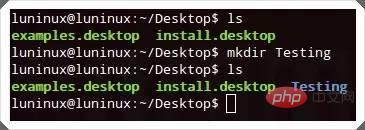
3.pwd – Print Working Directory
pwd displays the current working directory

##
4.cd – Change Directory
For the session currently running in the terminal, cd

5.rmdir – Remove Directory
rmdir
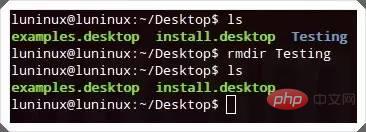
6.rm – Remove
##rm

7.cp – Copy
cp

8.mv – MoVe
##mv
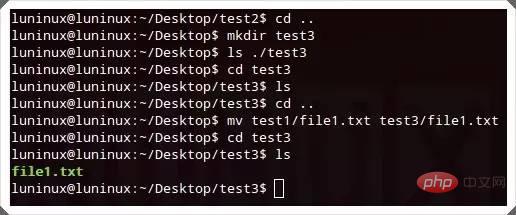
9.cat – concatenate and print files
cat
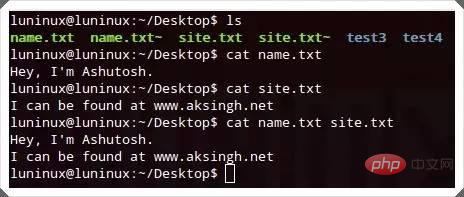
10.tail – print TAIL (from last) >
##tail
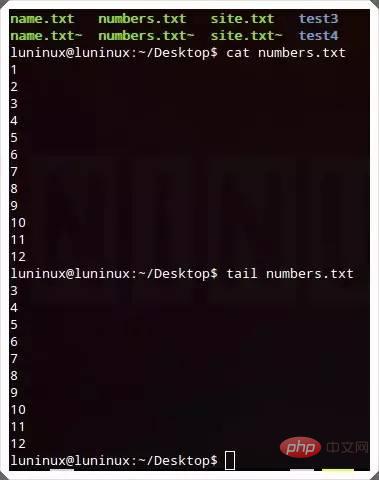
11.less – print LESS
less

12.grep
#grep "
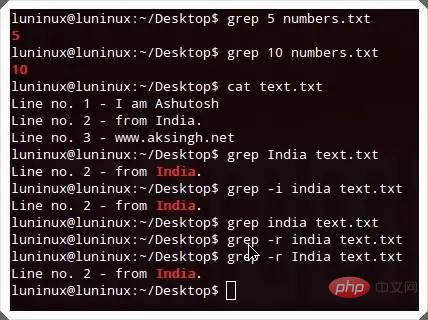
13.Find
This command will search for files matching the conditions in the given location. You can use the -name option of find
##find
-iname

14.tar
##The tar command can create, view and extract tar compressed files. tar -cvf

15.gzip
The gzip
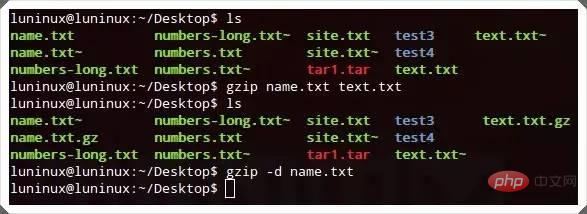
16.unzip
#unzip
牛逼啊!接私活必备的 N 个开源项目!赶快收藏吧
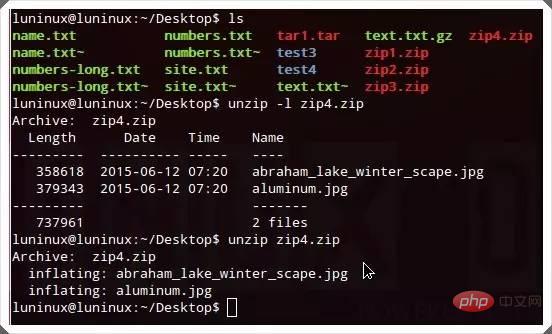
17.help

18.whatis – What is this command
##whatis

19.man – Manual
man
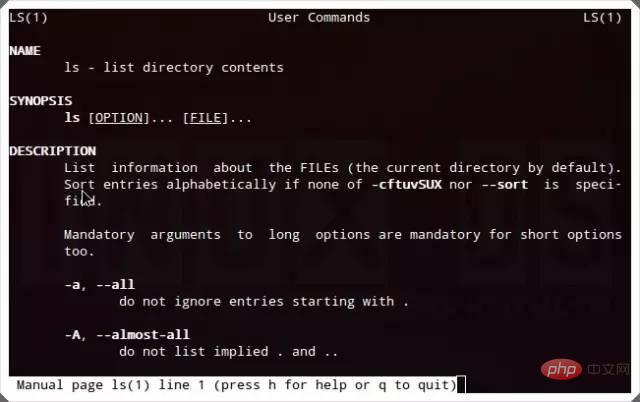
20.exit
##exit is used to end the current terminal session.

21.ping
ping
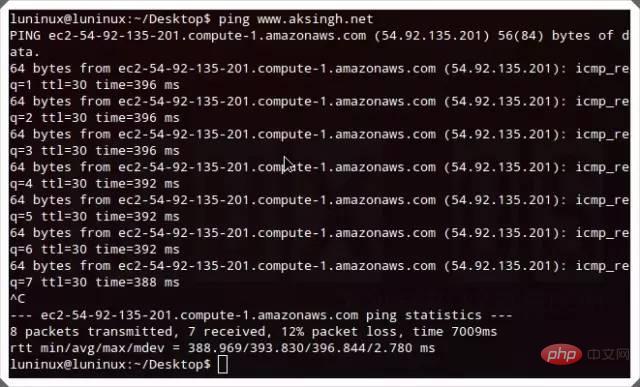
22.who – Who Is logged in
who can list the currently logged in user name .
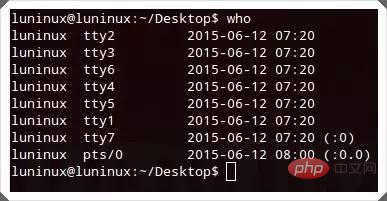
23.su – Switch User
su

24.uname
##uname will display important information about the system, such as kernel name, Host name, kernel version, processor type, etc., use uname -a to view all information.

25.free – Free memory
free will display the system's free memory, occupied memory, available swap memory and other information. free -m will convert the units in the result into KB, while free -g will convert into GB.

26.df – Disk space Free
df View disk usage in the file system – Used and available storage space on hard drives and other storage devices. You can use df -h to display the results in a human-readable format.
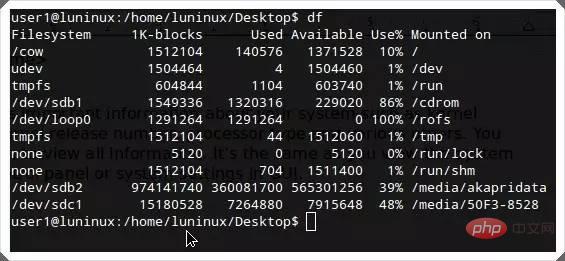
27.ps – ProcesseS
ps displays the running process of the system.
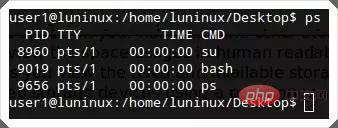
28.Top – TOP processes
The top command will display according to the CPU usage by default. For processes that occupy a large amount of space, you can use top -u
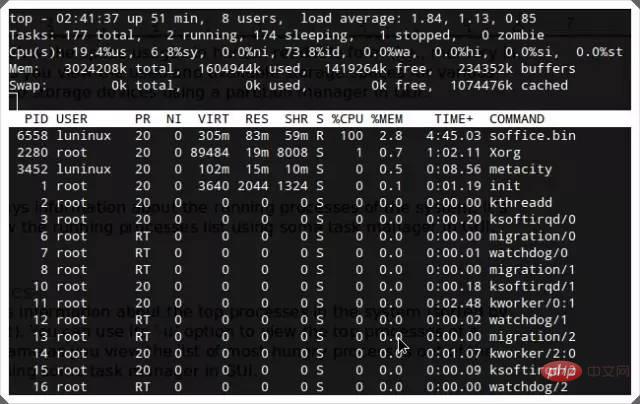
29.shutdown
shutdown is used to shut down the computer, and shutdown -r is used to restart the computer.
The above is the detailed content of 29 Linux commands you must know. For more information, please follow other related articles on the PHP Chinese website!

Hot AI Tools

Undresser.AI Undress
AI-powered app for creating realistic nude photos

AI Clothes Remover
Online AI tool for removing clothes from photos.

Undress AI Tool
Undress images for free

Clothoff.io
AI clothes remover

AI Hentai Generator
Generate AI Hentai for free.

Hot Article

Hot Tools

Notepad++7.3.1
Easy-to-use and free code editor

SublimeText3 Chinese version
Chinese version, very easy to use

Zend Studio 13.0.1
Powerful PHP integrated development environment

Dreamweaver CS6
Visual web development tools

SublimeText3 Mac version
God-level code editing software (SublimeText3)

Hot Topics
 1378
1378
 52
52
 Difference between centos and ubuntu
Apr 14, 2025 pm 09:09 PM
Difference between centos and ubuntu
Apr 14, 2025 pm 09:09 PM
The key differences between CentOS and Ubuntu are: origin (CentOS originates from Red Hat, for enterprises; Ubuntu originates from Debian, for individuals), package management (CentOS uses yum, focusing on stability; Ubuntu uses apt, for high update frequency), support cycle (CentOS provides 10 years of support, Ubuntu provides 5 years of LTS support), community support (CentOS focuses on stability, Ubuntu provides a wide range of tutorials and documents), uses (CentOS is biased towards servers, Ubuntu is suitable for servers and desktops), other differences include installation simplicity (CentOS is thin)
 Detailed explanation of docker principle
Apr 14, 2025 pm 11:57 PM
Detailed explanation of docker principle
Apr 14, 2025 pm 11:57 PM
Docker uses Linux kernel features to provide an efficient and isolated application running environment. Its working principle is as follows: 1. The mirror is used as a read-only template, which contains everything you need to run the application; 2. The Union File System (UnionFS) stacks multiple file systems, only storing the differences, saving space and speeding up; 3. The daemon manages the mirrors and containers, and the client uses them for interaction; 4. Namespaces and cgroups implement container isolation and resource limitations; 5. Multiple network modes support container interconnection. Only by understanding these core concepts can you better utilize Docker.
 How to use docker desktop
Apr 15, 2025 am 11:45 AM
How to use docker desktop
Apr 15, 2025 am 11:45 AM
How to use Docker Desktop? Docker Desktop is a tool for running Docker containers on local machines. The steps to use include: 1. Install Docker Desktop; 2. Start Docker Desktop; 3. Create Docker image (using Dockerfile); 4. Build Docker image (using docker build); 5. Run Docker container (using docker run).
 Centos stops maintenance 2024
Apr 14, 2025 pm 08:39 PM
Centos stops maintenance 2024
Apr 14, 2025 pm 08:39 PM
CentOS will be shut down in 2024 because its upstream distribution, RHEL 8, has been shut down. This shutdown will affect the CentOS 8 system, preventing it from continuing to receive updates. Users should plan for migration, and recommended options include CentOS Stream, AlmaLinux, and Rocky Linux to keep the system safe and stable.
 How to install centos
Apr 14, 2025 pm 09:03 PM
How to install centos
Apr 14, 2025 pm 09:03 PM
CentOS installation steps: Download the ISO image and burn bootable media; boot and select the installation source; select the language and keyboard layout; configure the network; partition the hard disk; set the system clock; create the root user; select the software package; start the installation; restart and boot from the hard disk after the installation is completed.
 What are the backup methods for GitLab on CentOS
Apr 14, 2025 pm 05:33 PM
What are the backup methods for GitLab on CentOS
Apr 14, 2025 pm 05:33 PM
Backup and Recovery Policy of GitLab under CentOS System In order to ensure data security and recoverability, GitLab on CentOS provides a variety of backup methods. This article will introduce several common backup methods, configuration parameters and recovery processes in detail to help you establish a complete GitLab backup and recovery strategy. 1. Manual backup Use the gitlab-rakegitlab:backup:create command to execute manual backup. This command backs up key information such as GitLab repository, database, users, user groups, keys, and permissions. The default backup file is stored in the /var/opt/gitlab/backups directory. You can modify /etc/gitlab
 How to mount hard disk in centos
Apr 14, 2025 pm 08:15 PM
How to mount hard disk in centos
Apr 14, 2025 pm 08:15 PM
CentOS hard disk mount is divided into the following steps: determine the hard disk device name (/dev/sdX); create a mount point (it is recommended to use /mnt/newdisk); execute the mount command (mount /dev/sdX1 /mnt/newdisk); edit the /etc/fstab file to add a permanent mount configuration; use the umount command to uninstall the device to ensure that no process uses the device.
 What to do after centos stops maintenance
Apr 14, 2025 pm 08:48 PM
What to do after centos stops maintenance
Apr 14, 2025 pm 08:48 PM
After CentOS is stopped, users can take the following measures to deal with it: Select a compatible distribution: such as AlmaLinux, Rocky Linux, and CentOS Stream. Migrate to commercial distributions: such as Red Hat Enterprise Linux, Oracle Linux. Upgrade to CentOS 9 Stream: Rolling distribution, providing the latest technology. Select other Linux distributions: such as Ubuntu, Debian. Evaluate other options such as containers, virtual machines, or cloud platforms.




